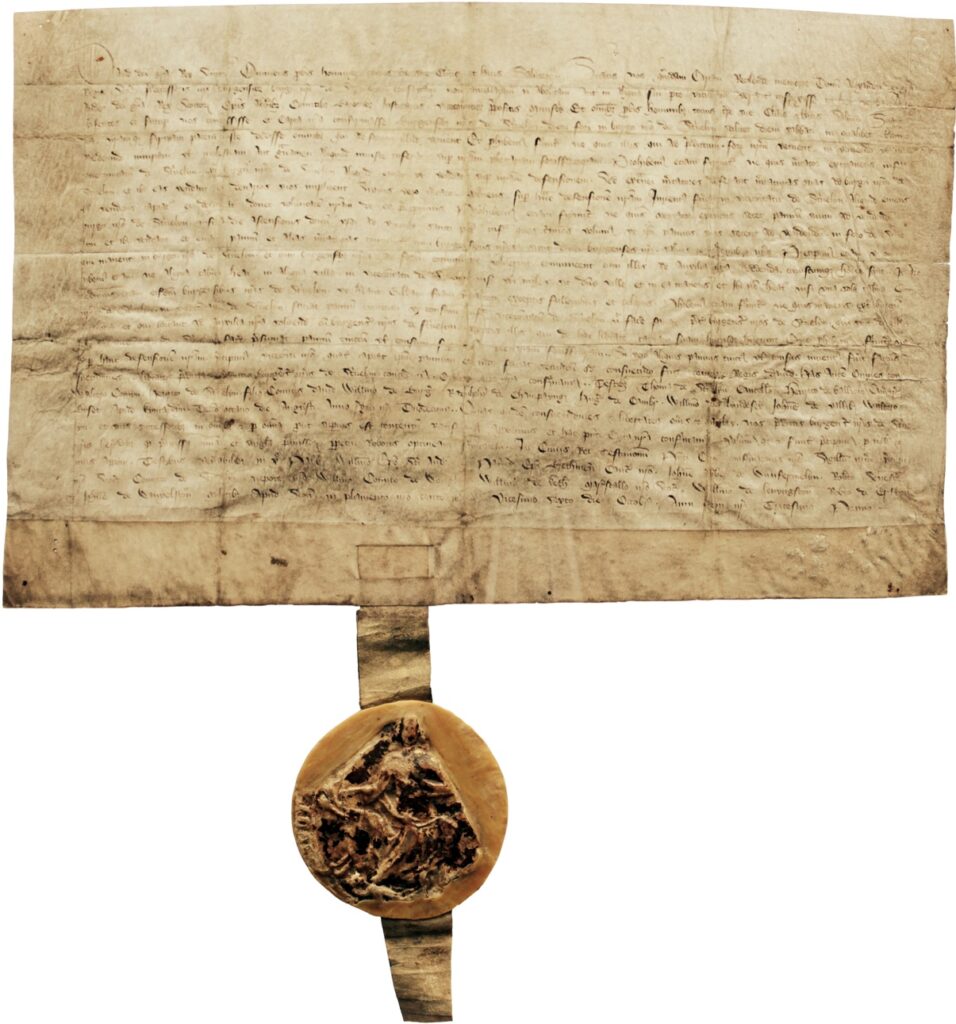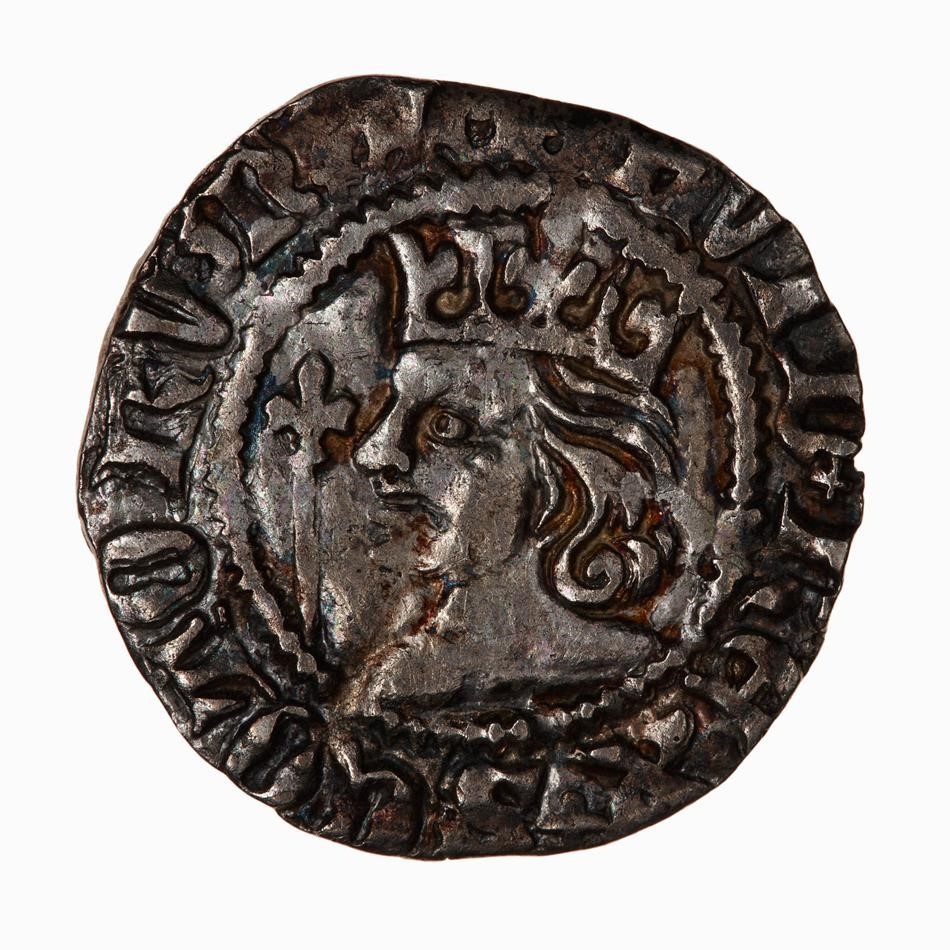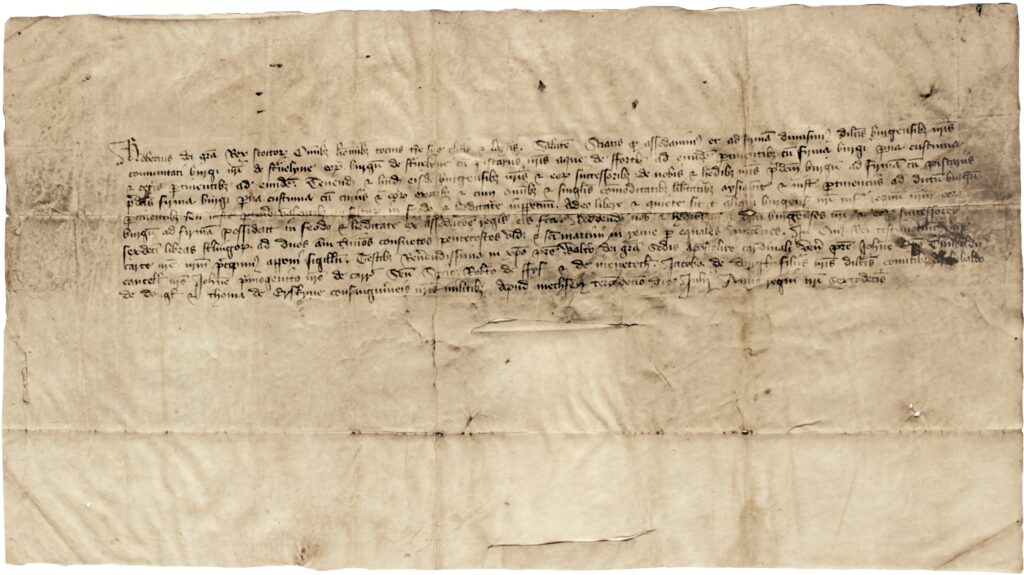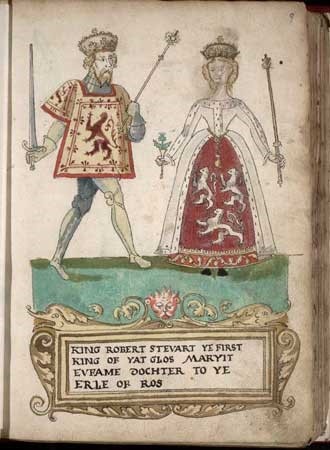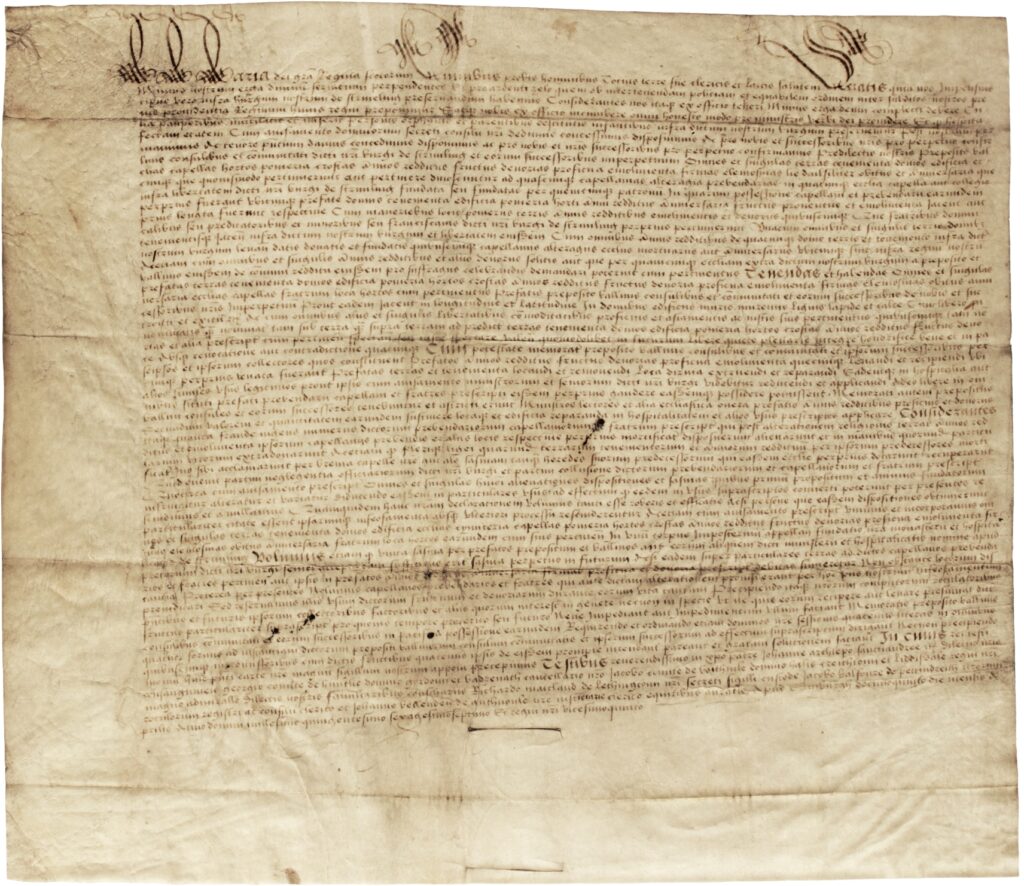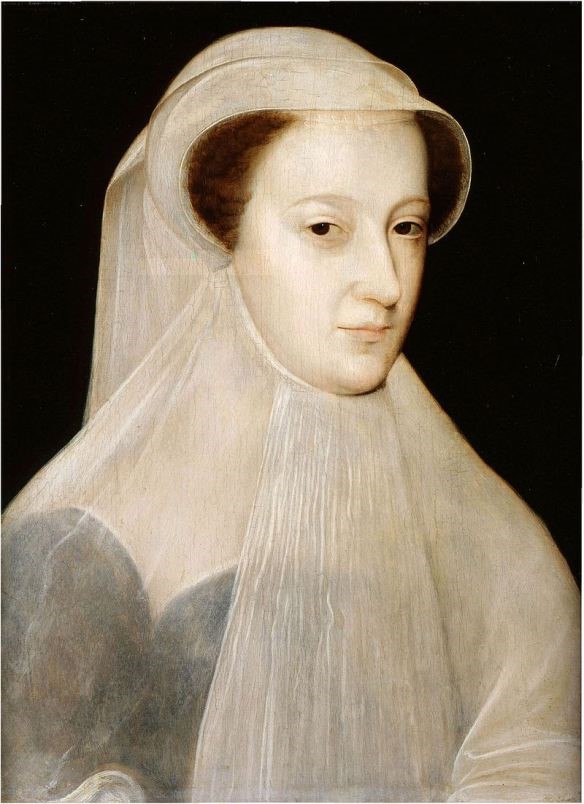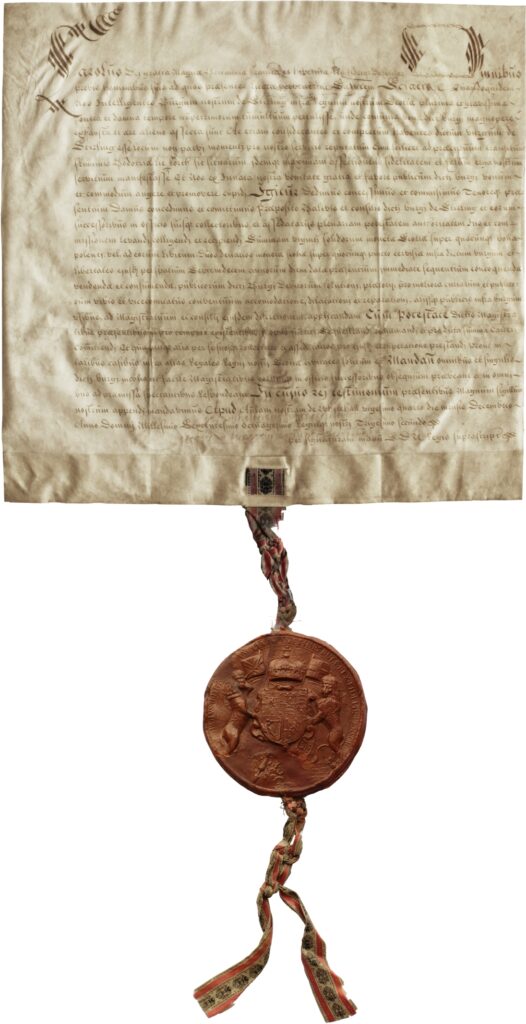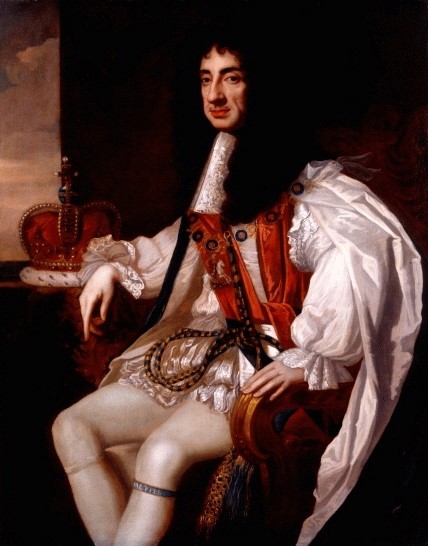2024 sees the 900th anniversary of the establishment of the Royal Burgh of Stirling. To celebrate, the Council Archives will be posting various articles giving details of the history of the Burgh as reflected in the records that are held at the Archives. For January’s ‘Document of the Month’ feature, we are featuring the records that reflect the Burgh’s special relationship with the monarchs of Scotland – the Burgh Charters.
Stirling was one of the first Royal Cities created in Scotland. It was granted Burgh status by King David I along with Edinburgh, Perth, Roxburgh, Berwick, Dunfermline and Scone sometime between 1124 and 1127. Burgh status elevated an existing settlement into something distinctive. The King granted his Burgesses or Freemen privileges; they held their land and property directly from him, they had the right to elect a Council, hold their own court with jurisdiction within the Burgh boundaries, levy local taxes, have trade incorporations and hold markets. Such privileges allowed the town to prosper and made a special connection between the King and his subjects in the town that had not existed before. This was in the King’s interest, enabling him to create links with the increasingly prosperous merchant classes dwelling in the settlements that were rapidly developing into proper towns. This in turn served to balance out the influence of the powerful landowners who had previously been his only source of support.
It is now thought likely that the original creation of the Burgh by David I was given as a verbal instruction and therefore no written charter exists for the original grant of Burgh status to Stirling. The earliest charter that we hold is the document below, issued by David II (reigned 1329 – 1371), in 1360. This charter confirmed an earlier charter of King Alexander II given at Kincardine on 18th August 1226 granting his Burgesses of Stirling the right to hold a weekly market, have a formally ratified merchant guild and other privileges. This earliest extant document was given at Scone on 26th October 1360.
This charter represents part of the continuation of the special relationship between the King and his Burgesses of Stirling as it shows the King confirming the privileges of the town, citing the wording of earlier grants as he does so:
“ we have granted and by our charter confirmed to our burgesses of Strivelyn a market day in our burgh of Strivelyn… We grant also to our said burgesses of Strivelyn that they shall have a merchant guild…”
It is as part of this special relationship between Crown and Burgh that the Provost and Councillors came into being. This document represents the beginning of a continuum of written heritage held at the Council Archives which records the administrative decisions that affected the lives of local people from the earliest times up to the present day.
Similarly, the charter below, issued by King Robert II (reigned 1371 – 1390), on 13th July 1386 shows the King renewing his commitment to the Burgh of Stirling by reiterating the privileges granted by his predecessors along with a new grant to ensure increased money for the town. Previously, the right to take fish from the River Forth would have been held by the Crown. Robert is passing that privilege to his Burgesses of Stirling along with other taxation made on the inhabitants to give the Council an increased income.
“ Know ye that we have set and in ferme let to our beloved burgesses, the community of our burgh of Strivelyne, their burgh of Strivelyne; with our fishings of the water of Forth pertaining to the same; with the ferme of the burgh, small custom and others pertaining to the same. “
The Burgh was subsequently given the right to levy the customs on salt and leather, and the right of appointing a sheriff within the burgh in a charter granted to the Provost and Bailies by King James IV.
This is in recognition of the costs involved in administering the affairs of the burgh which would include the maintenance of roads and bridges, maintaining law and order and operating the Burgh Court. These fishing rights were very important to the Burgh and continue to be exercised for the benefit of local people today.
This charter was issued to the Burgh of Stirling by Mary, Queen of Scots (reigned 1542 – 1567) just her last visit to Stirling on 15th April 1567, and shows her special relationship with the town where her son was born and was living at the time.
This generous grant was made to the Provost, Bailies, Councillors and Community of Stirling of the Church property and revenues within the Burgh for the support of the Ministry and maintenance of hospitals for the poor and infirm. The issues surrounding this document are complex. Mary wished to grant lands to the Burgh to enable the Council to support the Ministry at the Church of the Holy Rude and to help the poor of Stirling. The lands she was granting were those previously administered by the Dominican or Black Friars and the Franciscan or Grey Friars in the town. These came into the possession of the Crown after their monastic houses were destroyed and the brothers ejected in 1559 by those wishing to reform the church. This was the time of the great change in religious observance in Scotland and across Europe that came to be known as the Reformation. It is known that Mary was a very pious woman who favoured the faith she was raised with. It would seem that by this grant she was striving to ensure that the money made from the properties previously owned by religious orders was spent on good causes. She chose to do this by granting the revenues to the Provost and Council on the understanding that they will do as she directs them.
“ Know ye whereas we, more carefully reflecting upon our duty towards divine service, and out of the ardent zeal which we have for maintaining civil polity and preserving good order among our subjects, but especially within our burgh of Striveling… and that it is incumbent on us, in virtue of our office, by all honest means to provide for the ministers of the word of God, and that hospitals for poor, maimed and miserable persons, orphans and children, deprived of their parents, may be maintained within our city.”
Unfortunately, Mary’s short reign was to end prematurely just one month later with her imprisonment in Loch Leven Castle.
The final charter to be featured in this article is one issued by King Charles II (reigned 1660 – 1685) on 24th December 1680. This charter was given in response to a direct request by the community of Stirling for assistance after the town had been impoverished owing to the series of wars that had taken place in the mid seventeenth century.
After receiving the appeal from the Provost and Councillors, Charles took the decision to grant the Burgh a levy of 20 shillings Scots on each boll of malt and 2 pence Scots on each pint of beer sold within the burgh for a space of 17 years.
Charles had been restored to the throne of Great Britain and Ireland twenty years earlier after the upheaval of the Civil War years and the execution of his father. During this time, Stirling was put under siege and experienced great privation. Here, Charles is attempting to put this right by giving the Council increased revenue that would have formerly belonged to the crown. The phrases used indicate Stirling’s central place in the kingdom at this time: –
“ considering and ascertaining that the said burgh of Stirling be considered a place of no small significance for our service, namely because it is situated at an excellent crossing of the Forth, and it has shewn the greatest affection, loyalty and zeal towards our service…”
This encapsulates the relationship between Crown and Burgh and emphasises the central importance of the town and its geographical position at the heart of Scotland.
